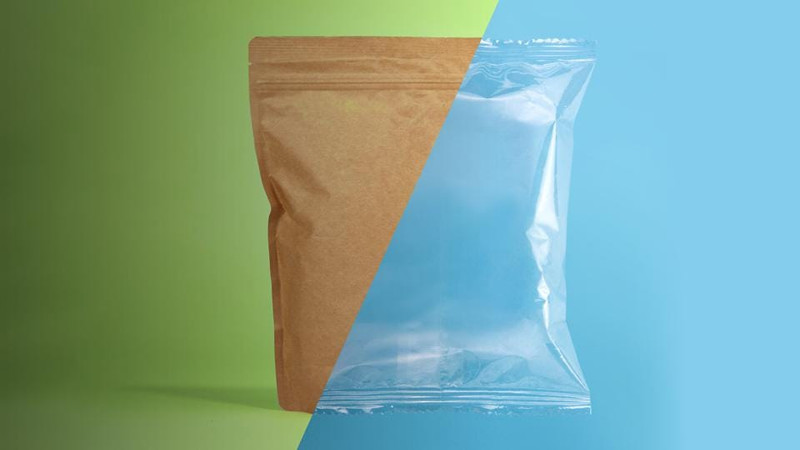Posted by Mike Cunningham on May 3rd 2023
Paper vs Plastic Packaging – An Alternative View
ISN’T PAPER CHEAPER THAN PLASTIC? Well, you would be surprised!
PAPER IS DEFINITELY BETTER FOR THE ENVIRONMENT THAN PLASTIC, RIGHT?
Wrong! The actual environmental friendliness of paper is questionable.
The Film and Bag Federation, a trade group within the Society of the Plastics Industry based in Washington, D.C., said the right choice between paper or plastic is clearly plastic. Compared to paper, plastic consumes 40 percent less energy, generates 80 percent less solid waste, produces 70 percent fewer atmospheric emissions, and releases up to 94 percent fewer waterborne wastes, according to The Film and Bag Federation
The International Energy Agency (IEA) identified that paper and pulp production in 2014 consumed 5.6% of the world’s industrial energy requirements.
Paper is mainly made from hardwood. This process is highly intense and is composed of the pulping process – a lot of water, chemicals and energy are also used to make paper and dangerous chemicals are released into the air as a result. Paper’s raw materials must come from trees, a natural resource that is otherwise carbon-fixing, so the paper production process not only adds waste to the world, but it also kills one of our greatest tools for fighting pollution.
It takes about 91 percent more energy to recycle a pound of paper than a pound of plastic. The process of recycling paper can be inefficient and often consumes more fuel than it should.
The Environmental Protection Agency (EPA) has stated that paper does not biodegrade in landfills at a much faster rate than virgin plastic. Across the world, we are rapidly running out of space for landfill sites and paper takes up more space in landfills than plastic if not recycled.
Plastics are lighter than paper, so transporting paper needs more energy, and this means using more trucks and results in more air pollution. During manufacture, plastic packaging has significantly less impact upon the environment than paper/cardboard products in terms of air pollution, energy usage, water pollution and global warming potential.

